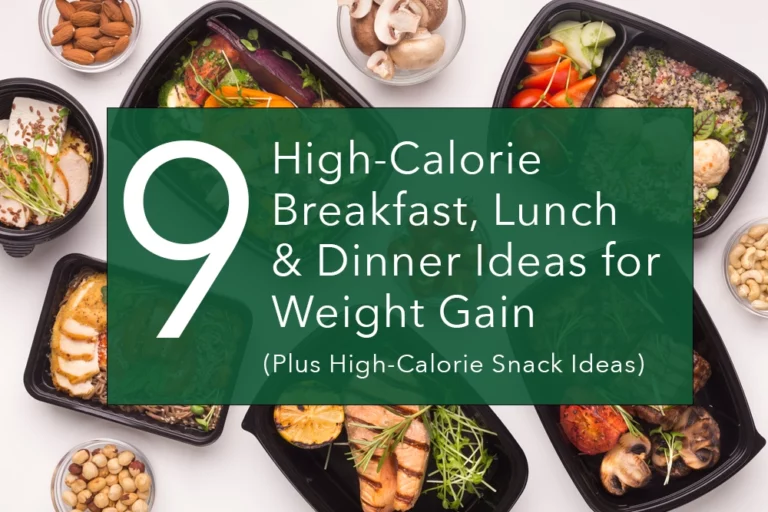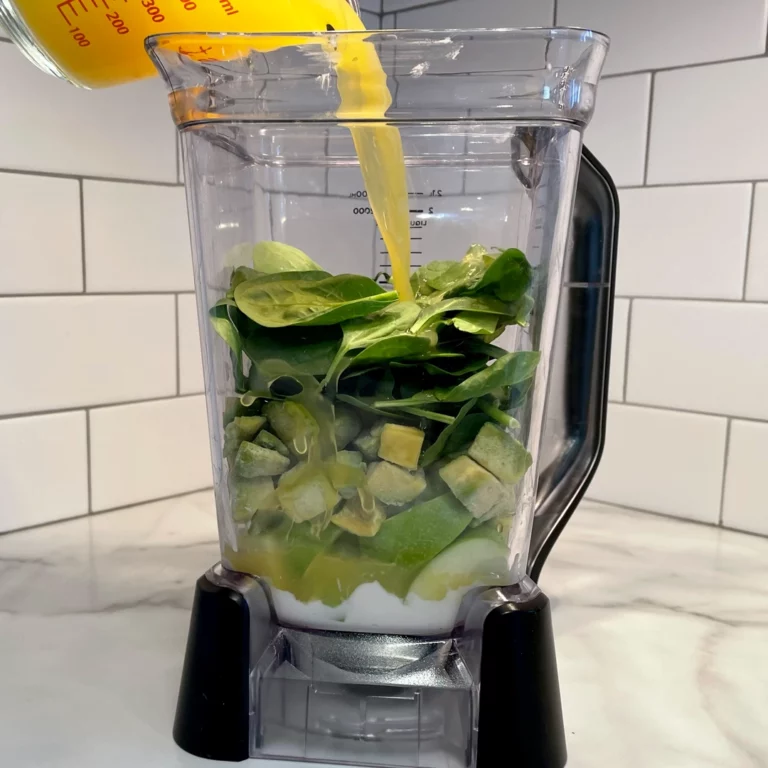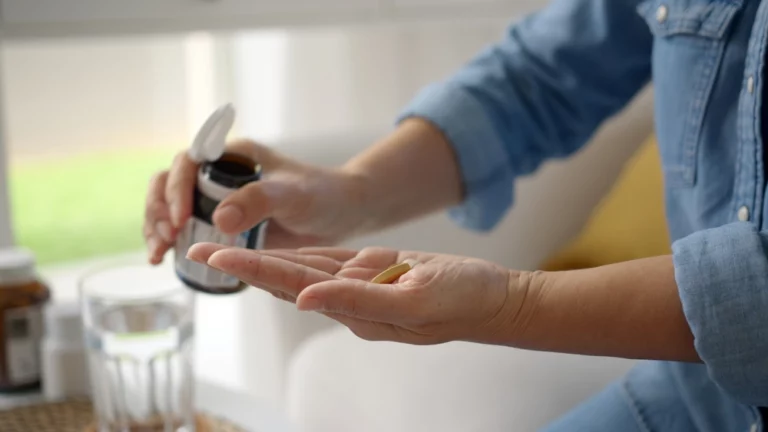Fortified Foods: High-Calorie, High-Protein Foods for Older Adults
Several factors increase the risk of malnutrition in older adults.
Malnutrition can lead to a number of health problems, such as an increased risk of falls and bone fractures, a poorly functioning immune system, and a greater risk of death.
Proper nutrition is key for preventing and treating malnutrition, but ensuring good nutrition in older adults isn’t always easy.
Fortunately, fortifying foods to increase their calorie and protein content is a simple yet effective way to prevent or treat malnutrition in older adults.

What are fortified foods?
Fortified foods are foods that have nutrients added to them that they wouldn’t naturally contain.
The process of food fortification was introduced as a way to reduce nutrient deficiencies (1).
For example, milk is usually fortified with vitamin D to reduce the risk of rickets, a disease in children caused by a vitamin D deficiency. Or some grain and cereal products are fortified with a B vitamin called folic acid to prevent neural tube birth defects in newborns.
Iodine, another example, may be added to salt to prevent intellectual and developmental disabilities associated with an iodine deficiency.
Although food fortification is not required in the United States — with the exception of some standardized foods — it has been an effective way of maintaining and improving the overall nutritional quality of foods (2).
For older adults, fortifying foods is a simple and effective way to boost their intake of protein and calories for the prevention or treatment of malnutrition.
Benefits of fortified foods in older adults
Older adults require more protein than their younger counterparts to support healthy aging. Getting enough calories is also crucial to prevent protein from being used as energy.
Unfortunately, the various physiological changes that occur with aging can reduce appetite or change how food tastes and smells. These factors, among others, can cause nutritional problems in older adults like malnutrition.
Nutritional drinks such as Boost or Ensure are effective for increasing protein and calories, but older adults may not find them palatable, tolerable, or prefer them due to their relatively high cost.
Conversely, adding extra protein and high-calorie ingredients to common foods is an easy, inexpensive way to help older adults get the nutrition they need to age healthfully.
One study in older adults found that consuming protein-fortified foods and drinks such as breads, soups, mashed potatoes, and fruit juices for 10 days significantly increased daily protein intake by 12 grams (3).
What’s more, a review of ten studies involving more than 500 older adults concluded that calorie- and protein-based fortification can be a cost-effective, well-tolerated way to improve the nutritional status of older adults (4).
High-calorie, high-protein fortified foods
Foods such as mashed potatoes, meats, hot dishes, pasta, and breads are good options for adding extra calories and protein.
Here are some tips to increase the protein content of foods:
- Add cheese to toast, crackers, sandwiches, baked potatoes, vegetables, noodles and soups.
- Use milk in place of water when making cereal and cream soups.
- Include cream sauces on vegetables and pasta.
- Add powdered milk to cream soups and mashed potatoes.
- Add hard-boiled eggs to salads and soups.
- Sprinkle nuts and seeds on cereals, fruits, salads, and pasta.
- Add leftover cooked meats to soups, casseroles, and salads.
- Spread peanut butter on toast and bread or add to a milk shake.
- Add beans and peas in salads, soups, and other dishes.
Here are some tips to increase the calorie content of foods:
- Melt butter over potatoes, rice, pasta, and cooked vegetables.
- Add melted butter or margarine to soups and casseroles.
- Saute or stir fry vegetables, meats, and fish in olive oil.
- Add whipping cream to desserts, pancakes, fruit, and hot chocolate.
- Add regular mayonnaise and salad dressing on sandwiches and in dips.
- Spread jelly, honey, and peanut butter on breads and crackers.
Older adults may be easily overwhelmed with large portion sizes so stick with their preferred portion.
You can also add protein powder to foods and drinks without significantly affecting their flavor or texture.
High-calorie, high-protein shakes are a convenient and tasty way to pack extra nutrients in as well.
Finally, separating meals with high-calorie snacks can help older adults get more calories in during the day.
The bottom line
Ensuring proper nutrition with age can be a challenge.
Dwindling appetite and other bodily changes that occur as part of the aging process puts older adults at an increased risk of malnutrition.
Food fortification, however, offers an easy and effective way to boost the calorie and protein content in older adults’ diets.






